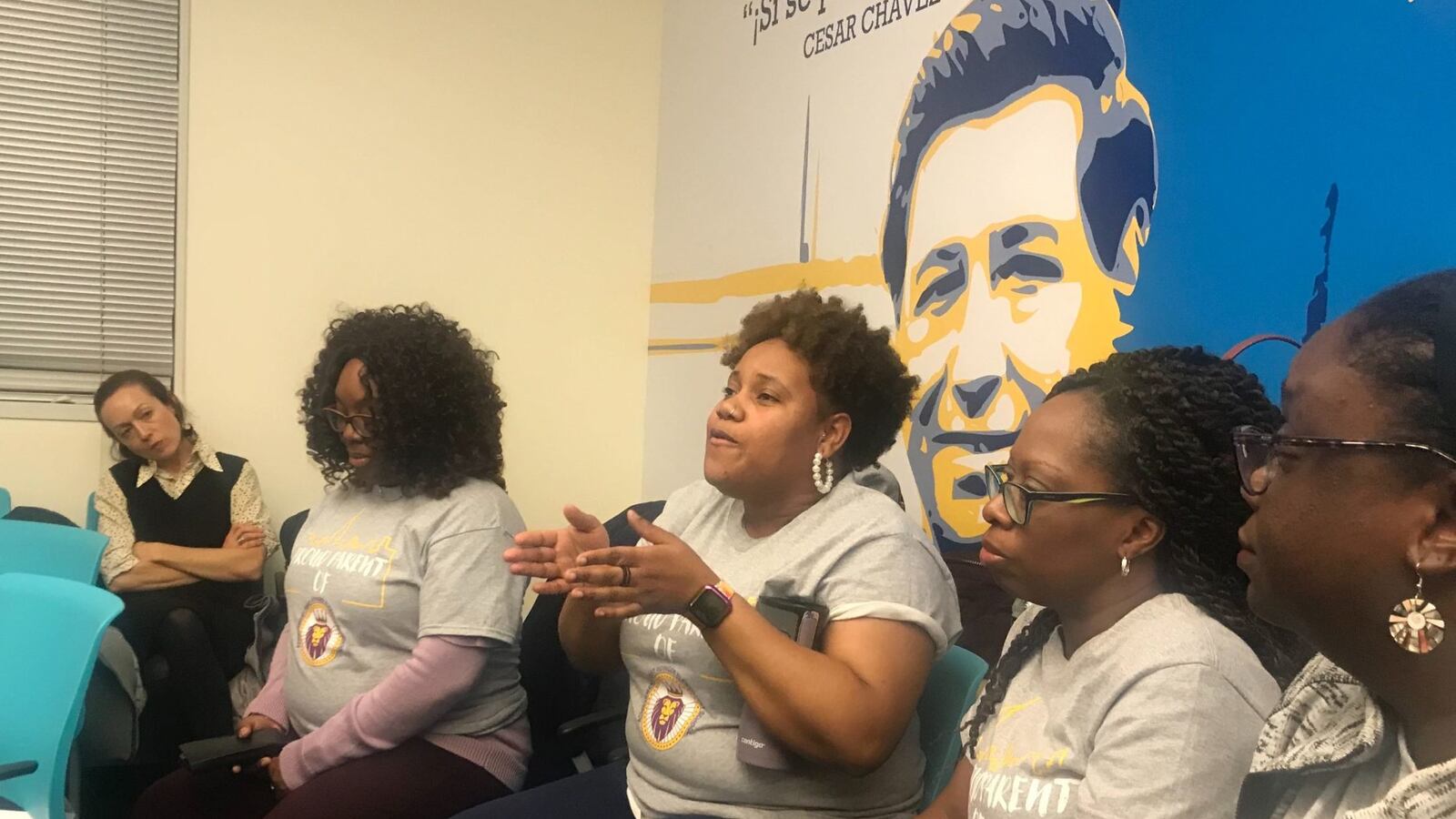The Achievement First charter network is shuttering a Crown Heights elementary school, saying it is simply too under-enrolled to be sustainable.
Two years after launching, Achievement First Voyager elementary school currently has just 73 students, as it has struggled to recruit in a rapidly gentrifying central Brooklyn neighborhood that is saturated with school choices. Just a block away, the network runs another elementary school, Achievement First Crown Heights, which will remain open.
The network’s board voted Thursday night to close the Voyager elementary campus at the end of the school year, the first time ever that Achievement First has made such a move in New York. Officials said that current families will be guaranteed a seat at their choice of any other Achievement First schools and that staff would also be placed in other positions within the network.
Voyager’s middle school, situated nearby, will continue to operate normally, officials said.
“I’m so proud of what you and your children and the team at the school have accomplished,” the network’s co-founder, Dacia Toll, told parents who lobbied at the board meeting to keep the elementary school open. “I think this is, regrettably, not a viable school.”
The struggle to fill Voyager’s classrooms may be surprising, given the drumbeat of pressure from charter advocates demanding more space to meet parent demand. The sector has often pointed to long waitlists and rising application numbers in their fight to convince the state to raise the cap on the number of charters schools that can open in New York City.
But in Crown Heights, Achievement First says it ran into the same headwinds that many district schools have faced: As newcomers push into neighborhoods that have historically been home to communities of color, many arrive without children, or they bypass the local schools for other options.
The Voyager elementary school opened in 2018 and now serves kindergarten and first grade. It faced enrollment pressure from the start: There were just 50 students in the inaugural class, though the network had hoped to recruit more than 90. The next year, the incoming class slipped to under 30 children.
Families who praised the school said they wished they had been made aware of the challenges. They drew up their own multi-pronged proposal for boosting the numbers, offering to host a community fair and drop off fliers in local churches and beauty salons. Parents said the school had been a beacon for a community that had been long neglected and historically offered few high-performing school options.
“Our community needs a shining light. And if you take this school away, I think that you’re taking that light away,” one parent told board members.
But Toll, the network’s founder, said she wasn’t confident the numbers would work out in Voyager elementary’s favor — given the area’s changing demographics.
She said the network is spending about $32,000 per student on Voyager, about double the normal cost. The high spending, Toll said, might have contributed to the school’s academic success and parental support, but tiny enrollment had torn a $1 million hole in its budget. Without a critical mass of students, Toll said the school would be unable to serve children well when it comes to providing costly extracurriculars or supports for vulnerable students, such as those with learning disabilities.
“We would not be able to offer you what we think your kids actually deserve,” she said.
Matt Barnum contributed reporting.

